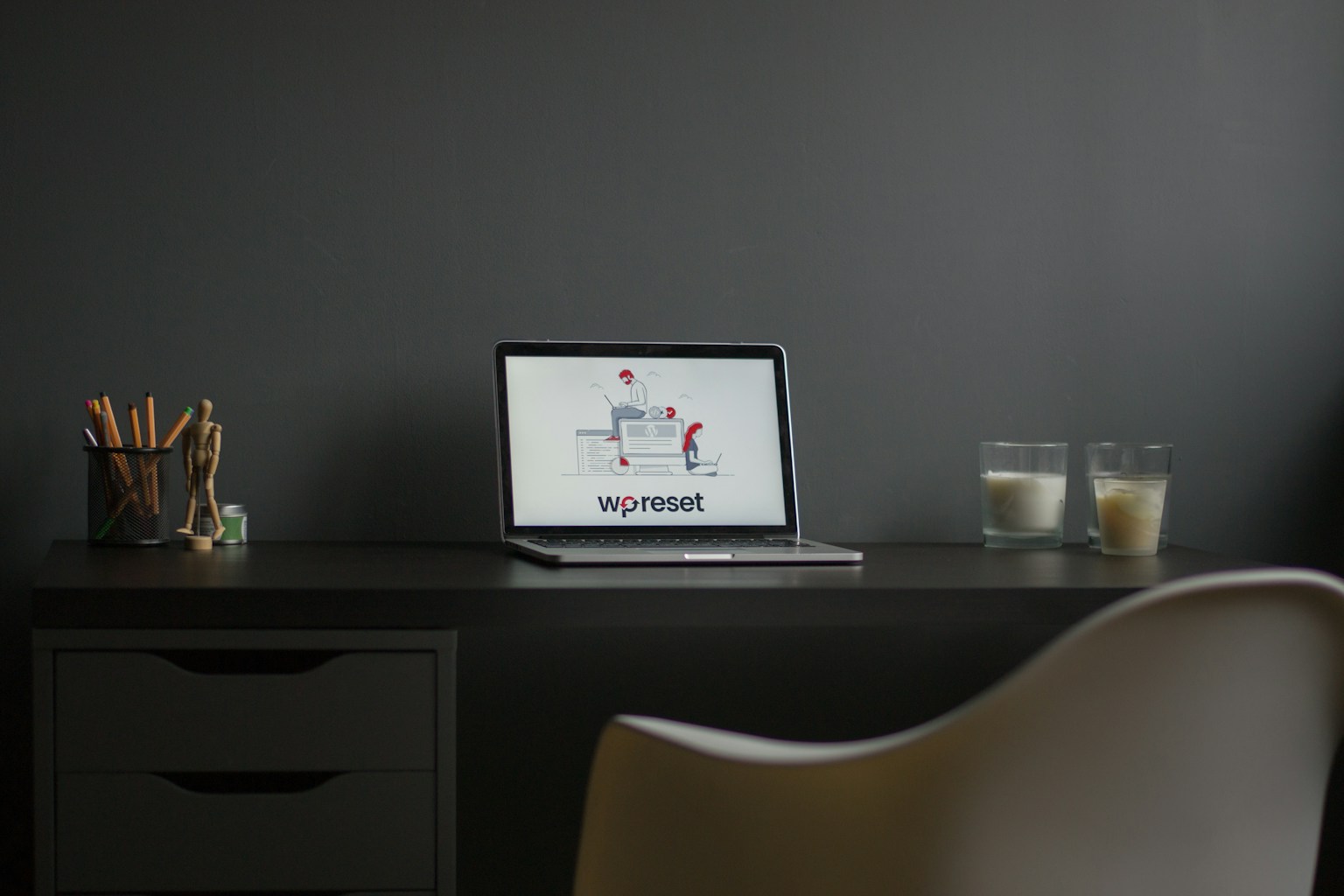The Ultimate WordPress Maintenance Checklist
Maintaining your WordPress site is essential to ensure it stays secure, performs well, and provides an optimal user experience. A well-maintained website not only enhances functionality but also improves SEO rankings and builds user trust. Following a comprehensive WordPress site maintenance checklist will help you stay ahead of potential issues and keep your site running smoothly.

In this guide, we’ll cover everything you need to do to keep your WordPress site in top shape, from daily checks to quarterly updates.
Why WordPress Site Maintenance is Important
WordPress is a powerful platform, but without proper maintenance, it can become vulnerable to security threats, performance issues, and outdated content. Here’s why regular upkeep matters:
- Security: Protect your site from malware, hackers, and vulnerabilities.
- Performance: Ensure fast loading times and seamless navigation for users.
- SEO: Boost search engine rankings with optimized performance and fresh content.
- User Experience: Provide a smooth and enjoyable experience for visitors.
For more insights, check out why website maintenance is important.
WordPress Site Maintenance Checklist
1. Daily Maintenance Tasks
Check Site Availability
Ensure your site is up and running by visiting it daily or using a monitoring tool like UptimeRobot. Downtime can affect user trust and SEO rankings.
Moderate Comments
Keep your comment section clean by approving legitimate comments and deleting spam using tools like Akismet.
Backup Your Site
Daily backups are crucial for content-heavy or high-traffic websites. Use plugins like UpdraftPlus to automate the process.
2. Weekly Maintenance Tasks
Update WordPress Core, Themes, and Plugins
Regular updates protect your site from vulnerabilities and improve performance. Go to Dashboard > Updates and install available updates. Learn more about why updates matter here.
Test for Broken Links
Broken links hurt SEO and user experience. Use tools like Broken Link Checker to identify and fix them.
Optimize Images
Compress images to improve page load times. Use plugins like Smush to automatically optimize images without reducing quality.
3. Monthly Maintenance Tasks
Review Analytics
Check your website’s performance using tools like Google Analytics or MonsterInsights. Monitor traffic, bounce rates, and popular pages to make data-driven decisions.
Test Site Speed
Use tools like Google PageSpeed Insights or GTmetrix to identify performance bottlenecks and implement fixes.
Scan for Malware
Perform a malware scan with security plugins like Wordfence or Sucuri. This ensures your site is free from harmful threats.
4. Quarterly Maintenance Tasks
Audit Your Content
Review your content for outdated information, broken images, or inaccurate links. Update blog posts and pages to keep them relevant.
Optimize Your Database
Over time, your WordPress database collects unnecessary data like revisions and spam comments. Use plugins like WP-Optimize to clean it up and improve performance.
Check for Mobile Compatibility
Test your site on various devices to ensure it remains responsive. Use Google’s Mobile-Friendly Test for quick insights.
Evaluate Plugin Usage
Remove unused plugins and themes to reduce clutter and potential vulnerabilities. Only keep essential tools for optimal site performance.
5. Yearly Maintenance Tasks
Renew Hosting and Domain
Ensure your hosting plan and domain registration are up to date to avoid site downtime. Set reminders to renew them on time.
Review Your SEO Strategy
Revisit your SEO approach and update keywords, meta descriptions, and titles to align with the latest trends. Tools like Yoast SEO can help optimize your content.
Perform a Full Site Audit
Conduct a comprehensive audit to identify technical issues, performance bottlenecks, and content improvements. Consider hiring a professional for an in-depth analysis if needed.
Tools to Simplify WordPress Maintenance
1. All-in-One Maintenance Plugins
- Jetpack: Offers security, performance, and backup features in a single plugin.
- ManageWP: Helps manage multiple WordPress sites with automated backups and updates.
2. SEO Tools
- Rank Math: Provides advanced SEO optimization for your site.
- SEMRush: Helps identify keywords, backlinks, and performance metrics.
3. Performance Optimization Tools
- WP Rocket: Speeds up your site with caching and performance optimizations.
- Cloudflare: Protects your site from DDoS attacks and improves load times with a global CDN.
Explore WPBeginner’s list of maintenance plugins for more options.
Best Practices for WordPress Site Maintenance
- Set a Schedule: Plan your maintenance tasks with a checklist or calendar to stay organized.
- Automate Where Possible: Use plugins to automate repetitive tasks like backups, updates, and security scans.
- Keep a Backup Plan: Always create a backup before making major changes to your site.
- Monitor Regularly: Use monitoring tools to detect issues early and prevent downtime.
- Engage Your Users: Keep your content fresh and interactive to encourage repeat visits.
Frequently Asked Questions
Q: How often should I back up my WordPress site?
A: For content-heavy sites, daily backups are recommended. For smaller sites, weekly backups may suffice.
Q: What is the best way to update plugins safely?
A: Always update plugins from the WordPress dashboard and test your site after each update to ensure compatibility.
Q: Can I manage WordPress maintenance myself, or should I hire a professional?
A: You can manage basic tasks yourself with the help of plugins and tools. However, hiring a professional for complex audits or security checks can be beneficial.
Final Thoughts
Following a WordPress site maintenance checklist is essential for keeping your site secure, fast, and user-friendly. Regular maintenance prevents issues before they arise, ensuring your site delivers an excellent experience to visitors and ranks well on search engines.
Start implementing these tasks today to protect your investment and keep your WordPress site running at its best. For more tips and tools, check out WordPress.org’s official resources.
A well-maintained site isn’t just about performance—it’s about trust, credibility, and growth. Stay proactive, and your site will reward you with loyal users and consistent success.



